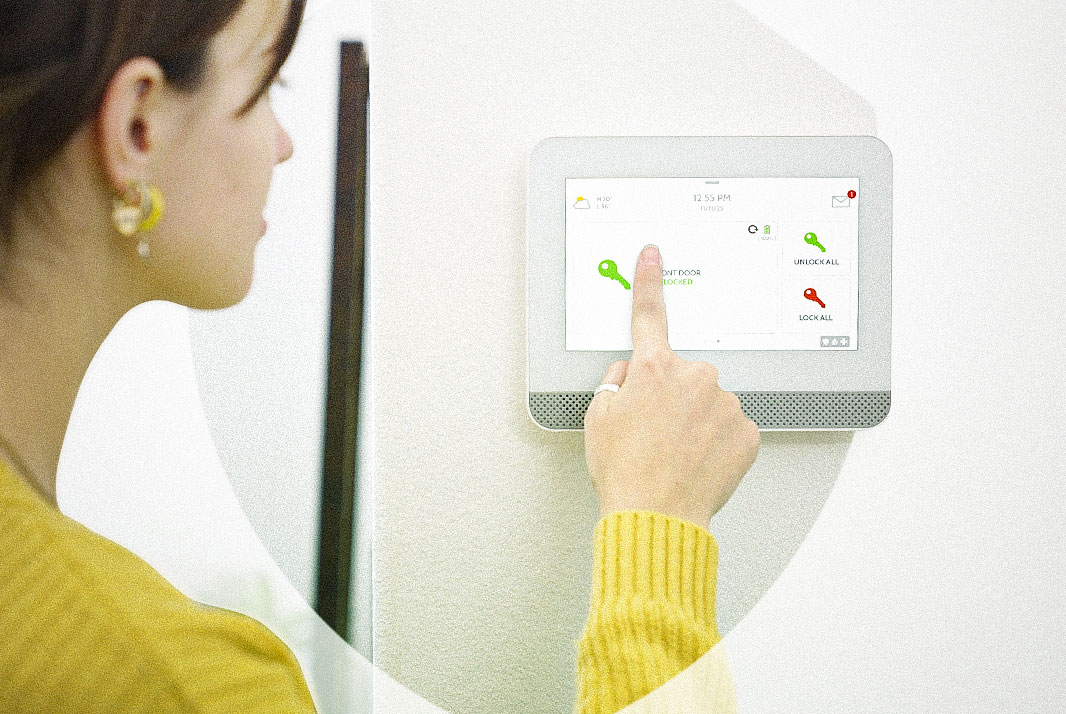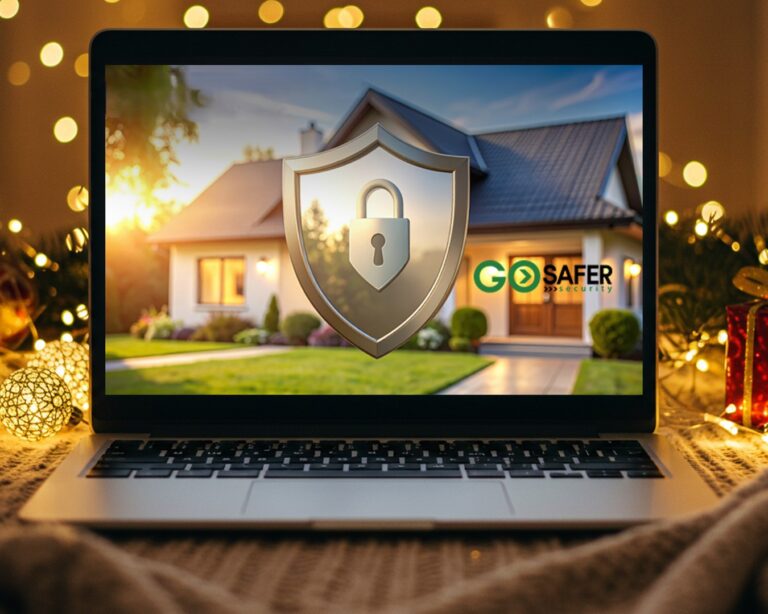Welcome to the era of smart homes! With the convenience of controlling everything from lights to locks with a swipe or a voice command, it’s no wonder smart home devices are becoming household staples. But with great convenience comes great responsibility—specifically, the responsibility to protect your home from cyber threats. This guide will walk you through essential cybersecurity tips to keep your smart home devices safe and secure.
Table of Contents
ToggleUnderstanding the Risks
Before diving into the solutions, it’s crucial to understand the risks. Cybersecurity threats can come in many forms, including malware, phishing, and unauthorized access. Imagine someone hacking into your smart camera or thermostat—it’s not just an invasion of privacy but a potential safety risk. Real-world breaches, like the infamous Mirai botnet attack, have shown that smart home devices can be vulnerable targets.
Choosing Secure Smart Home Devices
When it comes to cybersecurity, not all smart home devices are created equal. It’s vital to buy devices from reputable brands known for their security measures. Look for products that offer robust security features, such as encryption and regular firmware updates. Checking reviews and manufacturer security policies can save you a lot of headaches down the line.
Securing Your Network
Your home’s Wi-Fi network is the backbone of your smart home, so securing it is paramount. Start with a strong, unique password for your Wi-Fi. Avoid using easily guessable information like “password123” or your name. Setting up a guest network specifically for your smart devices can add an extra layer of protection by isolating them from your main network. Don’t forget to regularly update your router’s firmware to protect against vulnerabilities.
Regularly Updating Devices
Software updates aren’t just about new features; they’re critical for security. These updates often patch security flaws that could be exploited by hackers. Set your devices to update automatically if possible, or make a habit of checking for updates regularly.
Using Strong Passwords
Weak passwords are a cybercriminal’s best friend. Ensure each smart device has a unique, complex password. This might seem cumbersome, but using a password manager can simplify the process. Password managers generate and store complex passwords, reducing the risk of a breach.
Enabling Two-Factor Authentication (2FA)
Two-Factor Authentication (2FA) provides an extra layer of security. By requiring a second form of identification beyond just your password, 2FA makes it much harder for hackers to gain access to your devices. Enable 2FA on your smart home devices whenever available to bolster your security.
Monitoring Device Activity
Regularly checking the activity logs of your smart devices can help you spot any unusual behavior early. Unfamiliar login locations or times can be red flags indicating a potential breach. Being vigilant can help you address issues before they escalate.
Securing Smart Cameras and Microphones
Smart cameras and microphones can be particularly vulnerable. Ensure they are connected securely and consider disabling them when not in use. Regularly review their security settings and firmware updates to maintain their integrity.
Smart Home Hubs: Centralized Security
Using a smart home hub can simplify the management of your devices and centralize your security measures. Make sure your hub is secured with a strong password and regularly updated. A secure hub can act as a fortress for your smart home, controlling access and monitoring activities.
Using VPNs for Added Security
A Virtual Private Network (VPN) can add an extra layer of security by encrypting your internet connection. This is particularly useful if you access your smart home devices remotely. Setting up a VPN for your home network can help protect your data from prying eyes.
Educating Household Members
Cybersecurity is a team effort. Educate everyone in your household about the importance of smart home security. Make sure they know how to recognize phishing attempts and the importance of using strong passwords. Creating a security-conscious environment can significantly enhance your overall protection.
Privacy Concerns and Data Protection
Smart home devices often collect and store data, which can raise privacy concerns. Understand what data your devices collect and how it is used. Minimize data sharing by adjusting your settings and regularly reviewing privacy policies.
What to Do If You Experience a Breach
If you suspect a security breach, act quickly. Disconnect the affected device from your network and change your passwords immediately. Investigate the breach to understand how it happened and take steps to prevent future incidents. Regularly review and update your security practices to stay ahead of potential threats.
Conclusion
Securing your smart home devices doesn’t have to be daunting. By following these tips, you can enjoy the convenience of a smart home without compromising your security. Remember, staying informed and proactive is key to protecting your home from cyber threats.







